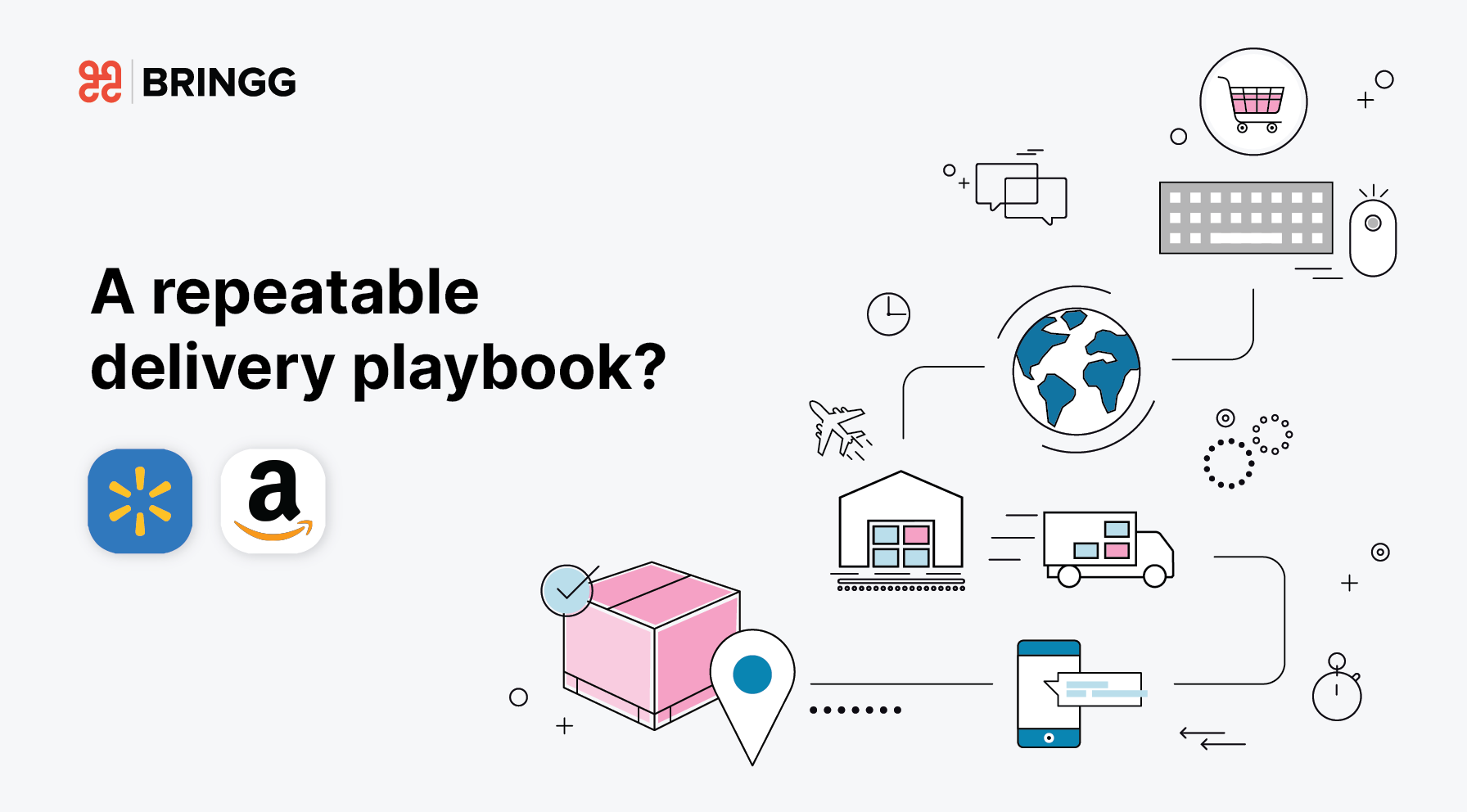A new report by supply chain consulting firm Armstrong & Associates estimates that U.S. e-commerce logistics costs are expected to increase at an annual rate of 18.8% through 2020, as the boom in e-commerce fuels the demand for more, better and faster deliveries. As a result, the global logistics ecosystem is focused on urgency – with constant pressure to deliver above and beyond. In fact, with margins getting ever thinner as a result of escalating costs, efficiency in delivery logistics might soon become the tipping point for many companies. In a recent interview, Transport Intelligence’s CEO, John Manners-Bell pointed that “Costs across all freight transportation sectors around the world will continue to rise in 2018, and the most successful companies will be those who are able to mitigate their impact on their profitability,”
There’s no doubt that technology will play a crucial role in this by driving efficiencies throughout the supply chain. The fact that the new customer expectations when it comes to their deliveries are here to stay, means that companies will have to get more sophisticated in order to optimize resources across the supply chain – from driver time, to fuel consumption to warehousing space. With costs going up, particularly around transportation of goods, the only way for businesses to maintain healthy profit margins is to invest ahead of time in creating a more efficient and effective supply chain.
Download the free eBook: eCommerce Delivery – LSPs Best Practices
The growth in the number of deliveries won’t stop anytime soon, mostly as a result of the boom in e-commerce. As a result, leading online retailers such as Amazon in the US and Alibaba in China are investing heavily in a future-proof delivery logistics infrastructure that will be able to handle an unprecedented amount of parcels. Last month Alibaba unveiled its plans to build a logistics network that will be able to handle 1 billion packages daily – a tenfold increase from its current capacity.
In particular, the sharp increase in driver and fuel costs is having a big impact on the bottom line. Since 2009, transport costs have risen seven times faster than product prices. So much so that lower margins are beginning to threaten the stock market since companies are stuck with the dilemma of how to improve their delivery standards without it having a large direct impact on their profits – and therefore reducing their investment appeal.
Retailers now have no choice but to adapt to this new reality of rising operational costs, and embrace innovative technology as part of their ongoing efforts to find efficiencies across the entire supply chain. Visibility and measurability in real time is bound to become an imperative if companies want to truly understand if and where costs are spinning out of control – so they can take action before it’s too late.



